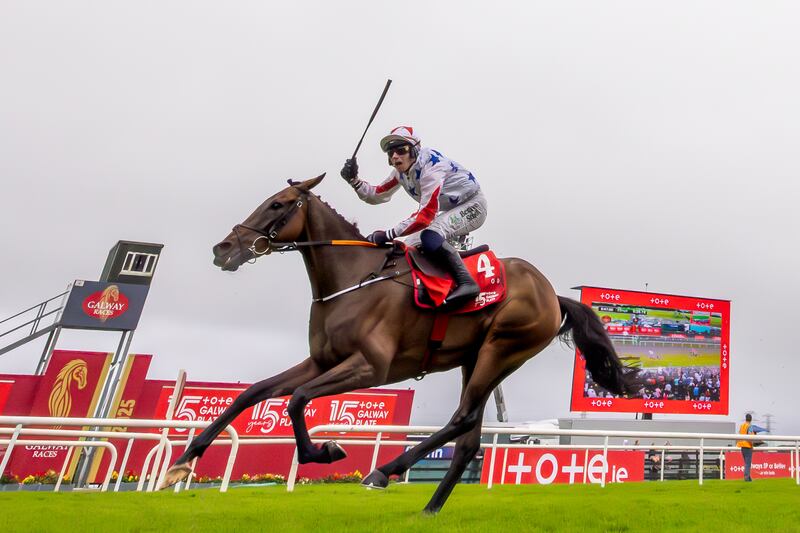Stephen Silver was hyper by the time he arrived in Knockroe, a small, quiet housing estate a short walk from Castlerea town centre where he would soon cross paths with Garda Colm Horkan. He took out his Kawasaki racing bike to do high-speed laps around the houses before generating thick plumes of smoke by burning out the back tyre.
He turned his music up loud and shouted out that he “dared the armed squad come down here now” as he ducked behind walls, paced back and forth and roared “come out ye c**ts” as loud as he could.
Nearby residents, startled by the commotion, called gardaí, summoning the encounter that would leave the family of Garda Horkan grieving the needless loss of a much-loved man and a respected member of An Garda Síochána.
Throughout Silver’s murder trial at the Criminal Courts of Justice in Dublin the court was packed with gardaí and Garda Horkan’s family and friends. As is often the case in criminal trials, little was heard about the victim. He was, prosecution counsel Michael Delaney said, a single man who lived in Charlestown, Co Mayo with his father at the time of his death. He had spent almost 25 years as a garda, having graduated on September 28th, 1995. In 2020 he had been directed by a superintendent to carry out the duties of a detective and had been trained and authorised to use a firearm and wear plain clothes while on duty for the duration of Covid-19.
READ MORE
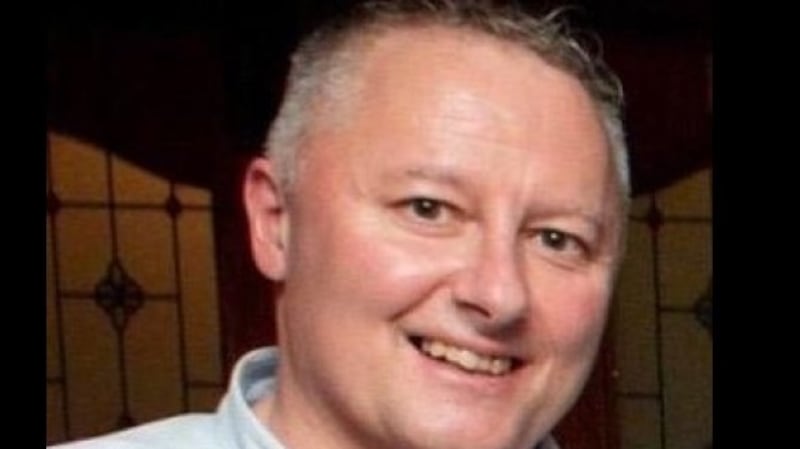
His family listened to garda interviews in which Silver insulted and denigrated his victim, questioning his ability as a detective and accusing him of attacking him for no reason and even suggesting he had shot himself. But when Silver took the unusual step of taking the stand in his defence, he said he was ashamed of how he acted in those interviews and apologised to the Horkan family. “There’s not a day goes by I don’t think about it,” he said.
On Wednesday after two trials at the Central Criminal Court, a jury found Silver - who shot Garda Horkan 11 times with his own gun - guilty of capital murder. He will be sentenced on April 19th.
From Aughaward, Foxford, Co Mayo the 46-year-old pleaded not guilty to the murder of Garda Horkan knowing or being reckless as to whether he was a member of An Garda Síochána acting in accordance with his duty at Castlerea, Co Roscommon on June 17th, 2020 but pleaded guilty to his manslaughter by reason of diminished responsibility.
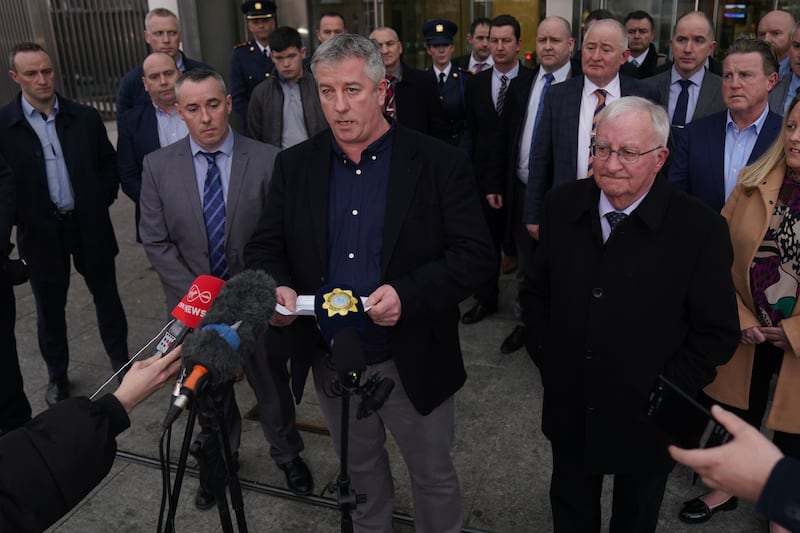
Detailing to the court his history of mental illness, Silver said he had about 17 admissions to psychiatric hospitals over the years, some voluntary, some involuntary. Poor sleep was a common indicator that things weren’t right but, he said, despite his many admissions and diagnoses of schizo affective disorder and bipolar disorder, for most of his life he didn’t believe he had a mental illness. He blamed his behaviour on his upbringing - his father was an alcoholic, he said.
He first went on trial on the murder charge last year but the jury failed to reach a verdict.
At his second trial, which began in February, he again took the stand and told the jury he had his first mental health episode in early adulthood when he thought he was “the second coming of Jesus”. He had fleeting thoughts and didn’t sleep for seven days. His mother and father could see something was wrong, but he thought he was “perfect”.
He also told the jury: “There was an episode in September 2001 when I thought the water tank in the bathroom was a nuclear bomb, and I was in charge of keeping it safe.”
He didn’t have a problem with alcohol, he said, and described himself as a friendly drunk. But drinking would upset his sleep pattern and trigger problems with his mental health. Cannabis, he said, would bring on episodes and he stopped using it about 13 years ago after hitting a friend for no reason.
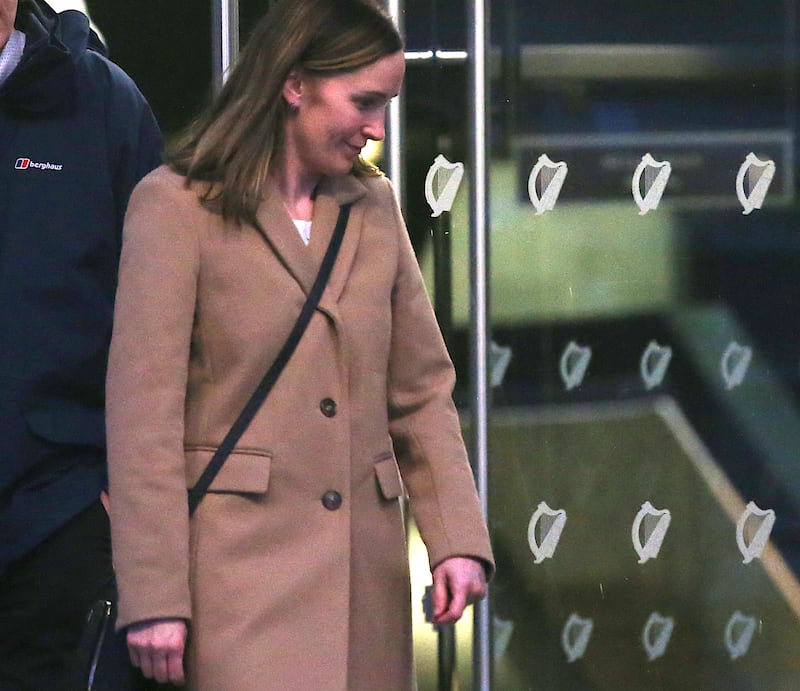
Silver has one sibling, a younger sister Marian, and grew up in Granlahan, about ten miles from Castlerea. He was married for 13 years but left the family home in February 2020, four months before the shooting. “We just hadn’t been getting on that well,” he said. He moved into a flat in Foxford but after about three months he couldn’t afford the rent so moved again, into his motorbike shed or garage nearby. A motorbike mechanic, he sectioned off one corner where he slept on a futon. He used an overturned door as a desk on which he put two gas cooking rings and a small electric oven. There was a sink but it was not plumbed. To clean himself he would use an outdoor hose to fill a large bottle and he would collect the waste water in a bucket under the unplumbed sink. Outside was a composting toilet. There were bats and birds in the shed roof, he said, but no vermin. It was, he explained, “a good dry shed” and he didn’t miss having heating because it was a warm summer.
On living there for about three weeks he told the Central Criminal Court “It was grand and peaceful, you know. I was able to sleep. I wasn’t getting as much sleep as I’d normally get, some nights only four hours. When I start not sleeping well I start getting a bitín’ unwell. I was thinking about things I had to do, working on the bikes and trying to think how to fix them and go about getting the job done. It would cause me stress”. Due to his psychiatric history he was entitled to a disability allowance but did some work as a mechanic, having trained with FAS in Galway.
Once out of hospital, the court heard, he would stop taking his medication as he felt it slowed him down, made him feel sleepy and low and would cause him to put on weight.
His first hospital admission was in 1997 when his family had to call the guards to have him brought in. Some of his involuntary admissions over the years involved violence and threats towards gardaí and staff at the psychiatric units. Silver’s final admission was in September 2019, about nine months before the shooting. He had gone to hospital voluntarily but then decided to leave. When staff went to bring him back he assaulted them. He was discharged after several weeks and prescribed Olanzapine, an antipsychotic drug with a sedative effect. Within days of leaving the hospital, he said, he stopped taking his medicine and was still off it when he met Garda Horkan. Coming up to the time of the shooting, he said his head was “busy, a lot going on in it”.
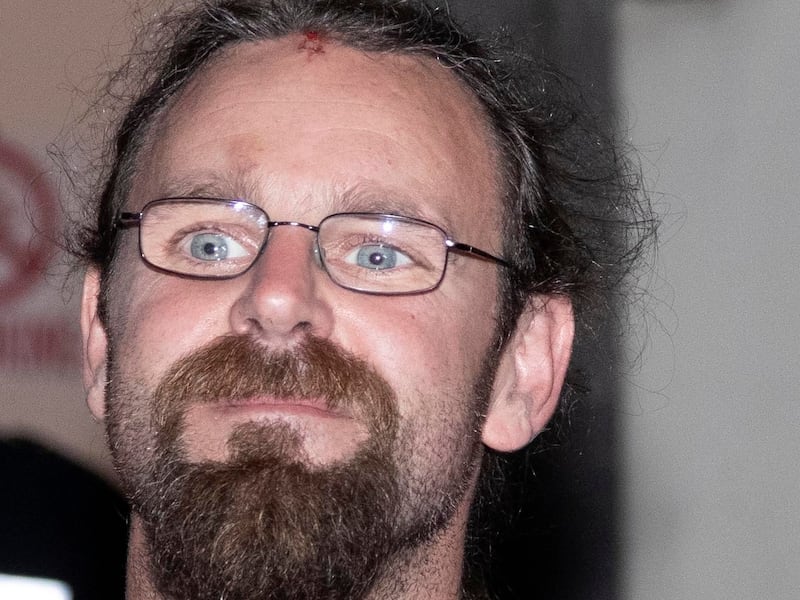
Earlier that year he met an Australian woman at a concert in Dublin. She hadn’t been able to work due to covid so she was heading back to Australia. They decided to spend her final days in Ireland together and travelled to Dublin on June 15th to stay at a hotel closer to the airport. The following day, Silver said he changed his mind and wanted to go home. He said he began to believe she “wasn’t who she said she was” and that she was “up to no good”. He was worried she might be trying to kill him. He had “fleeting thoughts”, he said, that she was an MI6 agent sent “to get rid of me”. He noticed some English builders staying in the hotel and began to believe they were members of the SAS working with the Australian lady. On June 16th, he said he considered signing himself into a psychiatric hospital but by the 17th it had “gone too far”.
On the 16th Silver spoke by phone to his sister Marian Bruen. She would tell the trial she knew immediately her brother was unwell and needed to be hospitalised. She described him as “gentle mannered” and polite but on this occasion he spoke in a “crude” way, which is something he would never do when well. He told her he was in Dublin and said it is “full of rats” and warned her never to go there. She described several “red flags” that she recognised from previous psychiatric episodes as indicators he needed respite. After the phone call she spoke to her mother and they agreed to have him hospitalised once he got home. But he didn’t make it home.
On June 17th having seen off his Australian friend, he decided to head home but first, he said, he checked under his van to make sure there were no explosive devices left by the “SAS guys”. CCTV footage showed him down in the press-up position checking under his van but the prosecution argued this was simply a mechanic checking his vehicle before a long road trip.
James Dwyer SC, who delivered the prosecution closing speech at his first trial, said Silver used the CCTV to “retrofit” his claim that he was becoming delusional in the build-up to the shooting.
On his way west, Silver said he began to feel very happy and believed he had accomplished a mission in getting the MI6 agent out of the country. He put Motorhead on the car stereo and turned the volume up. Rather than return to his shed in Foxford, he decided to stop in Castlerea. Bus driver Derek Mannion knew Silver from going to rock gigs and was sitting in his bus having his lunch in the afternoon when Silver pulled up alongside in his blue van. They chatted and Mr Mannion showed the accused a video on his phone of a raid by armed gardaí on the home of a mutual acquaintance, James Coyne in nearby Knockroe. They both agreed the raid was “a bit over the top”. Mr Mannion didn’t notice anything peculiar in Silver’s behaviour. Silver hadn’t seen Coyne for about 13 years but having seen the video, he decided to give his old friend a visit.
The prosecution would say it was from this point that Silver developed an obsession with gardaí and had become “filled with a burning anger” towards them. When Silver took the stand, he said his thoughts were confused and changing from one moment to the next. He couldn’t explain why he went to Coyne’s house and said if he had been well he would not have gone there. While Coyne said in his testimony he and Silver had fallen out years earlier, Silver said they simply “parted company” because they no longer had anything in common.
When he arrived at Coyne’s house in Knockroe the two men embraced and shook hands. Silver became upset, he said, at the “squalor” his old friend was living in. They agreed to go to Silver’s bike repair shed in Foxford but Silver stopped at Castlerea Garda Station on the way. He said he couldn’t remember what he said to gardaí but had intended to “tell them not to be mistreating James”. He remembered having a “rant” at the garda manning the desk.
Gda Ray O’Dowd was the garda at the desk and recalled Silver ranting about an elderly man who had been abused by gardaí. He was “very angry”, refused to answer questions, and said he had proof on his mobile phone which he was going to take to the media. He stormed off after about 30 seconds.
Silver and Coyne continued on to the Foxford bike shed where they took out a Kawasaki racing bike Silver said he had been working on for three years. They drove it up and down the road and Silver turned to his old friend and said, “You’re a natural, you can keep it.”
In the stand, Silver said he doesn’t understand why he gave away the bike, which he valued at €2,500, at a time when he had about €300 in his bank account. “I just felt sorry for him… I wasn’t well to be honest with you and that’s the only reason I gave away that bike.” Silver and Coyne loaded the bike into the back of Silver’s van and made their way towards Castlerea and Knockroe where Coyne lived. By the time Silver and Coyne arrived at Knockroe, Silver was hyperactive.
Paul McGarry told the trial he was alerted by the sound of a van being driven hard, at speed, through the quiet estate shortly after 11pm. That was followed by two people taking it in turns to drive a motorbike at speed, without a light or helmet, doing laps of the estate. He also heard “roaring and shouting” and someone bellowing, “come out ye c..ts.” Mr McGarry called gardaí.
When the commotion had died down Mr McGarry would see the unmarked Hyundai driven by Garda Horkan circling the estate, presumably responding to his call. By then Silver and Coyne had put the bike away and were walking towards the centre of Castlerea to get a pizza.

Laura McIntyre was in bed when she heard the commotion. She watched from her window as a man she did not recognise did four or five laps of the estate, “driving recklessly, loud, very fast.” After doing laps the bike started spinning in circles, leaving skid marks on the ground and generating a thick plume of smoke. She also heard Silver shouting, walking back and forward and touching either side of his head with his hands. He shouted. “I dare the armed squad come down here now,” and added something about a “sniper to get a good shot and something about a machine gun,” she said.
Garda Aidan Fallon and Garda Helen Gillen were in a marked patrol car and they also called to Knockroe to investigate reports of a motorcycle being driven dangerously. They arrived soon after Garda Horkan. Silver and Coyne were walking along Patrick St at the junction with Main St on their way to Apache Pizza in Castlerea when Gda Horkan pulled up behind them in his Hyundai. Silver told the trial he saw the passenger window was half down and, “a man was staring at me so I put my head down to the window and he asked me who I was.” He said he gave the man his name and asked who he was and heard him say he was a garda, just as Gda Horkan was getting out of the car. Gda Horkan was wearing a Tommy Hilfiger jacket which Silver said he thought was “strange” and not something a garda would wear. He said he didn’t believe he was a garda and added: “He came around the front of the car, round the bonnet, and he came at me very quickly, he was within a few inches and squared up to me as if to start a fight.” Silver said he told Gda Horkan to keep two metres away, as per the covid prevention guidelines, and Silver put his right hand up “to keep him at arm’s length”.
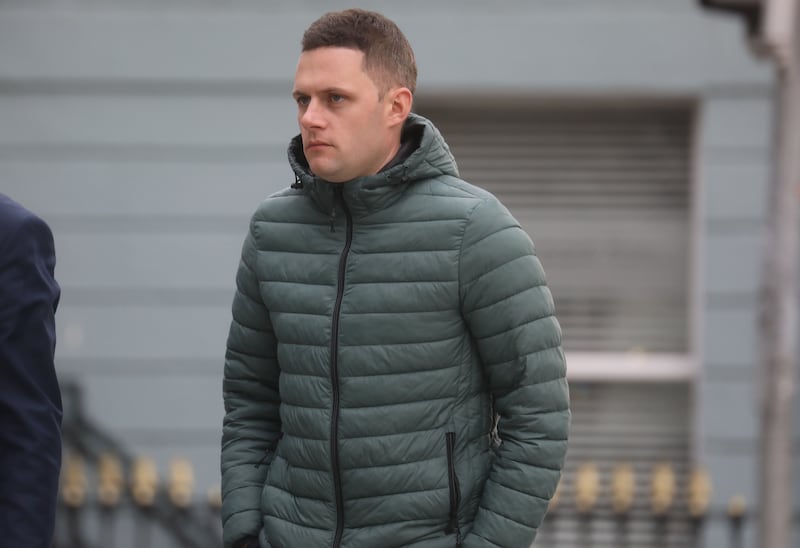
He said Gda Horkan, “just grabbed me” and they started grappling. Gda Horkan, he said, tried to get a grip of his left arm and Coyne tried to pull Silver back, causing the accused to fall to the ground. Silver said the struggle continued and he tried to get back up by putting his hands on Gda Horkan’s hips and that’s when he felt the gun holster. He said: “That gave me a fright and I thought this was some kind of assassination attempt. Why did he have a gun? I put my hand back to see if the gun was there and his hand was on the gun. We started struggling to try and get the gun and the gun came out of the holster and both our hands were on it.”
Silver said his hand was on the handle of the gun and Gda Horkan’s hand was around his hand. He added: “Next thing, I pulled the trigger and nothing happened so I pulled it again and it fired, a loud pop noise. I pulled my hand off it and Colm fired it twice.” Silver said: “Colm’s hand started to lose power, falling away from the gun. I took the gun on my own then, Colm started to fall backwards. I hit him on the head with the butt of the gun on the side of his head.”
He said it happened so fast he had no time to think, adrenaline was flowing and, he said, he was trying to protect himself. “I didn’t know who he was, I thought it might be a drug dealer that James knew. I thought it might be something to do with James. I thought it was unreal that someone had tried to attack me with a gun.” He said he also believed Gda Horkan’s unmarked Hyundai with its Dublin registration plate might have followed him from Dublin that day. He said: “I had a lot of confused thoughts about the situation. I was just trying to get free of the situation. I felt I was in danger, but it happened so fast it was very, very, very frightening.”
He described how he held the gun with both hands and fired the remaining bullets into Gda Horkan as he lay on the ground. A pathologist would detail the many injuries Gda Horkan suffered. They were not survivable.
Gda Fallon and Gda Gillen had just left Knockroe when they saw Silver and Gda Horkan grappling at the side of the street. They didn’t recognise their colleague and Gda Fallon said it looked like something you would see outside a nightclub in the early hours. As the patrol car passed the fight they heard the first series of gunshots and Gda Fallon immediately pulled the car around to block the road while Gda Gillen tried to see what was happening from the passenger seat. First she saw a man falling backwards from the pavement onto the road. She told the trial: “Looking back up and I could see the man on the ground and then another male walked from Gannon’s shop with pace over to this man on the ground and he had a gun in his hand and he shot the man on the ground. I could see him shooting him on the ground.” Gda Gillen began to cry as she told prosecution counsel Michael Delaney SC she couldn’t remember how many shots were fired.
She saw the man throw the gun away and recalled he was wearing a backpack and a black jacket with a luminous stripe. She added: “At this stage I got out of the car and started walking back up towards Patrick St and Aidan got out of the driver’s side and was coming around, saying a man had been shot, killed. Aidan was shouting at me to pull back but I kept walking because the gun was gone.” The shooter, she said, was “looking down at us” from the door of Gannon’s shop but then moved to the middle of the junction and began “not hopping but moving from foot to foot, they were wide steps, he was shouting stuff, I can’t remember what he was saying.”
Looking at the man on the ground, she said she recognised the jacket he was wearing and the Hyundai car nearby looked familiar but she couldn’t see the man’s face. She told Silver to get on the ground and he lay face down but then pushed himself up and said he was “going to be attacked, that man was going to attack me, he had a gun, he was going to attack me.” Gda Fallon then turned the man on the ground over “and that’s when we knew it was Detective Garda Colm Horkan,” Gda Gillen said.
When Gda Fallon told Silver he had “shot a guard” Gda Gillen recalled Silver responded, “he wasn’t a guard”. Gda Fallon described his thoughts at the time, saying, “I turned him around to start CPR and that’s when I seen it was Colm. I couldn’t believe it. It didn’t even enter my head … he was gone, I knew straight away.”
Gda Gillen approached Silver and told him to put his hands behind his back to be handcuffed. He refused, but allowed the garda to handcuff him from the front. Gda Fallon tried to do CPR on Gda Horkan while, he said, Silver told him with a “smirk on his face” that he was doing it wrong. When Gda Gillen took over CPR, Gda Fallon went to Silver and told him to sit back down on the pavement or get onto his knees. Gda Fallon said the accused refused and then told him: “I know what ye did to the black man in America. Ye killed him.” The garda recalled telling Silver he had shot a detective and Silver replied: “Of course I shot him, he had a gun. Doesn’t look like a good detective now, does he? What kind of detective wears a Tommy Hilfiger jacket?”
At Castlerea garda station Silver was put into a cell where he urinated on the floor, removed his clothes, waved his genitals at gardaí when they spoke to him through the hatch and bent over and spread his buttocks, the trial heard. Dr Greg Kelly, a general practitioner, spoke to Silver in the early hours shortly after the shooting. The doctor was concerned the accused was hitting his head off the cell wall and said he “came to the fairly rapid decision that this man is not well. He wasn’t reacting normally for someone involved in such a tragic and serious event.” He described Silver as restless, agitated and speaking so quickly he was “passing himself out”. He appeared to be paranoid - he refused a glass of water because he believed it was poisoned. His reaction to what had happened seemed “fairly bizarre and unreal”, the doctor said, adding such behaviour is often seen in people in the “manic phase of bipolar disorder”. Dr Kelly visited the station again later that morning and told gardaí Silver was fit to be interviewed but recommended he be assessed by a psychiatrist. The doctor also contacted the Central Mental Hospital.
Much of the evidence in the case centred on the views of psychiatrists on Silver’s state of mind around this time. The first consultant psychiatrist to see him after his arrest was Dr Will Monteiro of the Galway Health Service Executive (HSE). He was called to the station at about 9am, roughly nine hours after the shooting, to assess whether Silver was fit to be interviewed. Having twice spoken to him through the hatch in Silver’s cell door he said he saw no evidence of acute mental illness.
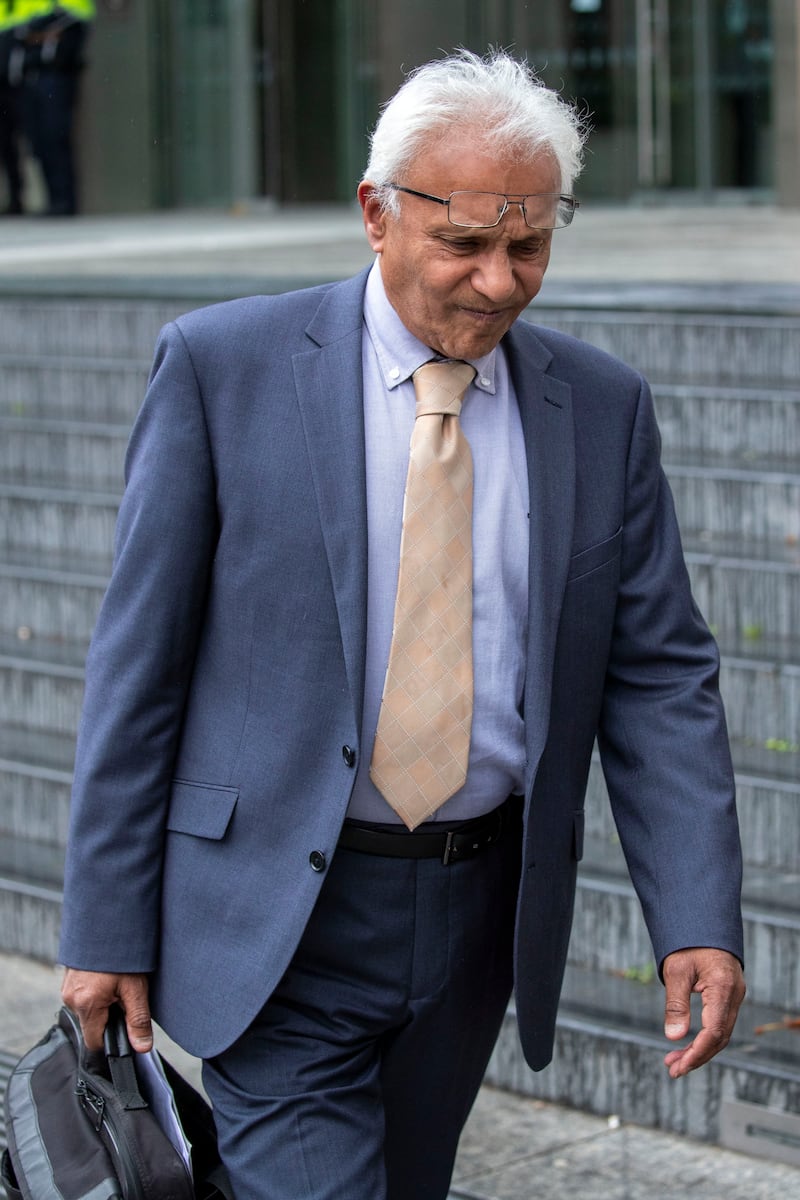
Silver was in “quite a dishevelled state”, he said, “and didn’t really want to talk to me and made it clear he didn’t want to be interviewed by me on the basis that he had never met me before and didn’t know who I was.” Silver also said he wanted his family to be present before he would be willing to talk. The doctor noted the accused’s speech was normal although forceful. His eye contact was appropriate, he was purposeful, goal directed and displayed “pretty well the behaviour of a normal person, in inverted commas… his information processing appeared normal.” He did not appear to be intoxicated or delirious, his movements were within normal limits and there was “no evidence of psychotic elements in his speech”. He was “a little agitated” but that, the doctor said, “was within the context of someone being interviewed in a cell who didn’t want to be there.” He said he did not have enough time to say whether a mental illness was manifesting but, he felt “whatever else was happening, he had enough presence of mind to be interviewed.”
Following his arrest, Silver was interviewed five times over two days. He repeatedly told gardaí he didn’t believe Gda Horkan was a garda, claimed Gda Horkan had attacked him, had tried to kill him and even that Gda Horkan had shot himself. He said he had been “set up” and described Gda Horkan as a “dirtbag” and demanded to know why a garda wearing a Tommy Hilfiger jacket and driving a family car had attacked him on the streets of Castlerea. He compared his situation to what was happening in America with the killing of George Floyd.
As the interviews progressed he became more irritable and aggressive. His behaviour became more extreme - he sang and whistled while gardaí asked questions and turned his back on the detectives to stare out the window or play with the window blinds. He stuffed a piece of toilet paper up his nose and then chewed it and spat it out.
Forensic consultant psychiatrist Dr Brenda Wright, of the Central Mental Hospital, was called by Silver’s defence. She said these interviews were the best evidence of Silver’s deteriorating mental health at the time. From her three interviews with Silver in 2020 and from an assessment of his previous admissions and his behaviour at the Central Mental Hospital and later Mountjoy prison following his arrest, Dr Wright diagnosed Silver with bipolar affective disorder which, she said, “contributed significantly” to his actions when he shot and killed Gda Horkan. She said his mental capacity was diminished by his illness and therefore his responsibility for the act was diminished. Dr Wright further found Silver’s illness was “secondary” to his failure to take medication that had been prescribed to him after he was hospitalised in September of the previous year.
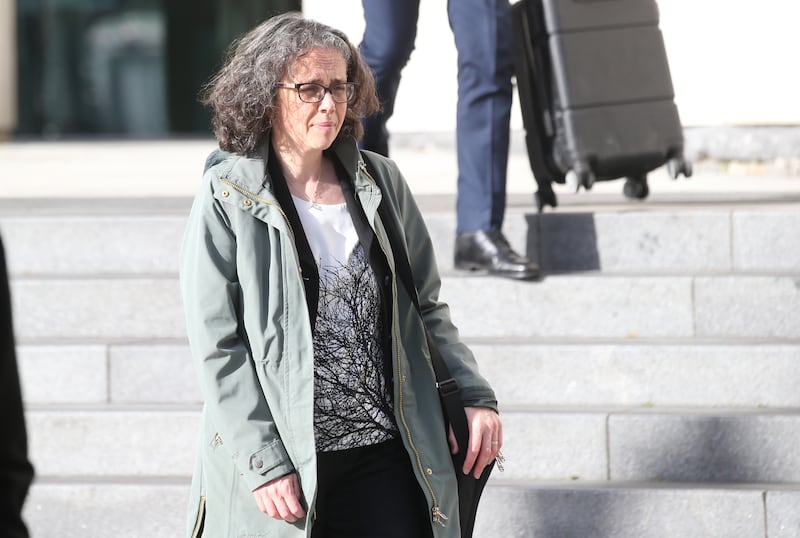
Dr Wright detailed Silver’s history of psychiatric illness. He first became unwell, she said, when he was 22 years old in 1997, and was admitted to hospital involuntarily eleven times and voluntarily four times up to 2010. He had two further voluntary admissions in 2018 and 2019 before the shooting of Gda Horkan.
Bipolar affective disorder, she said, is an “enduring and major mental illness characterised by shifts in mood” from depression to elation. In Silver’s case, the mood changes were predominantly mania and were accompanied by psychotic symptoms including delusions and hallucinations. She said Silver’s psychotic symptoms indicate his disorder is “on the more severe end of the spectrum” and said his delusions often featured a belief he was under threat or that “people were out to get him”. She noted that during his garda interviews following the shooting he spoke about a “conspiracy to set him up” and had “grandiose delusions” about his own importance, power, knowledge and identity. He had on his first admission to hospital in 1997 told doctors he was on a special mission and that he might be Jesus Christ.
On the day leading up to the shooting, she said Silver’s presentation “waxed and waned” and went from states of elation to anger. She added: “That is not unusual when someone is relapsing or in the full throes of their illness.” His illness typically resolved with medication and he was discharged from the Central Mental Hospital back into the prison population in April 2021 having accepted the need to remain on his medication, Dr Wright said. Since returning to prison his condition has remained normal.
Prof Harry Kennedy, a consultant forensic psychiatrist called by the prosecution, disagreed with Dr Wright’s assessment. He said Silver may have been in the very early stages of a relapse at the time of the shooting but his mental capacity was intact. He said Silver showed an ability to carry out complex sequences of purposeful actions such as taking control of the gun, pulling the trigger, standing back, supporting the gun with both hands, pointing and aiming and choosing to fire at Gda Horkan’s trunk. The professor said the capacity to form intent can be inferred from purposeful actions, where a person does “one thing after another after another”. He said there was further evidence that when gardaí arrived at the scene moments after the shooting, Silver was able to make a decision to obey gardaí by getting on the ground but also decided to what extent he would cooperate when he refused to be handcuffed around the back but allowed gardaí to handcuff him to the front. Prof Kennedy said this was a decision made for his own comfort and based on his past experience dealing with gardaí. His interactions with gardaí showed he was able to act in his own interests, he said.

In his garda interviews Silver showed “strength of will”, resisted attempts by gardaí to build rapport and showed himself to be “not at all suggestible”. At one point he feigned sleep for several minutes while gardaí asked him questions, the professor said, showing an “intact ability to act reflectively and not impulsively and having regard to his own best interest as he sees it.” He said “fleeting” ideas Silver had the day prior to the shooting about MI6 and the SAS were not fixed false beliefs and therefore not delusions. He said Silver had a “long experience of behaving in a disruptive way” that required his family or members of the public to call gardaí. It was his “learned impunity”, the professor said, that caused him to become more irritable and angry as gardaí continued to detain and question him following the shooting. The professor explained: “He had learned that he could expect not to be charged and, at most, to be treated in a psychiatric hospital. His surprise and outrage at being detained and interviewed is therefore understandable because of this learned impunity.” He added: “Over time if a person learns that what they do doesn’t have consequences, they will continue doing it.” He said he saw nothing to indicate delusions or hallucinations during Silver’s interviews, although Silver did speculate about conspiracies. Delusions are “fixed false beliefs”, he said, whereas Silver described his theories as possibilities.
In her closing speech to the jury at his first trial, Roisin Lacey SC for the defence said it would be “unsafe” to convict Silver in light of Dr Wright’s evidence. She said there was no doubt that what happened to Gda Horkan was a “tragedy of unspeakable proportions. You know that, we know that and Mr Silver knows that. Colm Horkan was unlawfully killed, there was no legal justification for his death and by his plea, Mr Silver has accepted that and acknowledged his responsibility for that unlawful killing.” She said the defence had proven that it was more likely than not that Silver was suffering a relapse and his capacity was substantially reduced at the time.
At his second trial Silver changed all barristers representing him. This time Dominic McGinn SC told the jury that in the aftermath of the shooting Silver showed “no appreciation of the situation he was in”. Counsel added: “There’s apparently no rational basis or motivation for what happened so the very act of shooting Garda Horkan should raise questions about his mental capacity because it doesn’t make sense.” The lawyer said Mr Silver suffered “an extremely significant relapse” of his bipolar affective disorder when he was admitted to the Central Mental Hospital on June 23rd, 2020 and stayed there for 10 months.
Mr McGinn suggested that Prof Kennedy had argued that Silver had contrived a situation to get away with a serious crime. “That he put on a performance, that’s what’s being suggested,” he said. “That he put on that performance before the fatal shooting and carried on this performance until he’s admitted to the Central Mental Hospital. That he has contrived a performance that morphs into a full blown relapse of his illness. I suggest to you that’s not a credible explanation for what is going on.”
James Dwyer, for the prosecution, said Silver was “filled with a burning anger” and was itching for a row with gardaí. He said the accused had attempted to retrofit mental illness into the case having seen his previous false explanations for what happened exposed by the evidence. He reminded the jury Silver initially claimed that Gda Horkan assaulted him and tried to kill him and that Gda Horkan had shot himself. He said Silver had been “building defences” from the outset but they all fell away until he was left with the defence of diminished responsibility.
Ms Justice Tara Burns on Monday, in her charge to the jury of seven men and five women, said the possible verdicts they could consider related to capital murder, murder simpliciter, or manslaughter either because of diminished responsibility or self-defence. She said a verdict of not guilty was not open to them as the accused had entered a plea to the charge of manslaughter.
Concerning the offence of capital murder, she said the prosecution had to have proved Silver murdered Gda Horkan, that Gda Horkan was a garda acting in the course of his duty, and that Silver knew this or was reckless to it.
“To convict him of murder, you must be satisfied beyond reasonable doubt that he intended to kill or cause serious injury,” she said. “Intention does not require premeditation and can be formed in an instant.”
If the jury were not satisfied that Gda Horkan was a garda acting in the course of his duty, which the accused knew or was reckless of, then a verdict of guilty of murder simpliciter was open to them.
The defence of diminished responsibility was very unusual in the criminal sphere, she added, as the burden of proof rested with the defence. If the jury were satisfied Silver’s mental disorder was such as to diminish his responsibility for the act, they should find him guilty of the lesser offence of manslaughter. She reminded the jury that both Dr Wright, for the defence, and Professor Kennedy, for the prosecution, agreed that Silver had bipolar affective disorder, but they were not in agreement that it was operant at the time of the shooting.
She said the jury had to be satisfied that this disorder was operant at the time for the defence of diminished responsibility to be accepted.
“Was his responsibility substantially diminished by his mental disorder? You have to assess the impact of his mental disorder. This is not trial by expert, this is trial by jury,” she said.
[ ‘Gentleman’ Garda Colm Horkan fourth member of his class killed on dutyOpens in new window ]
[ Stephen Silver found guilty of capital murder of Garda Colm HorkanOpens in new window ]




















